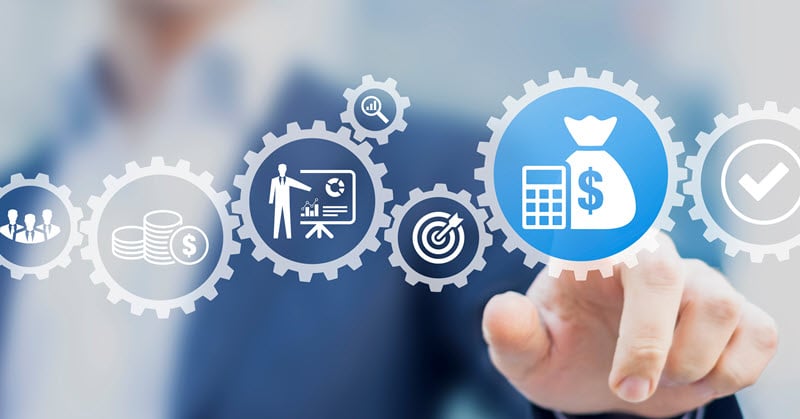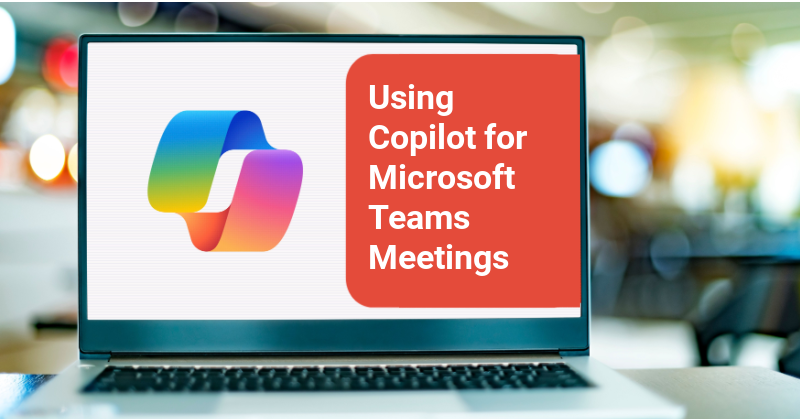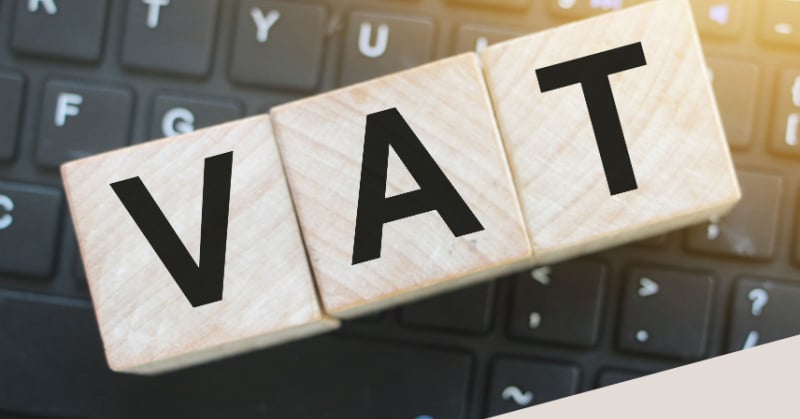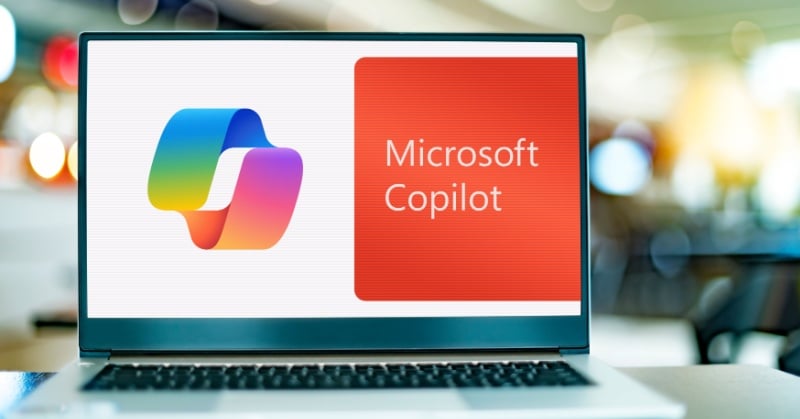We are almost upon busy season, and it's the time when many leads come in the door. Preparing for the season is vital. How can we make onboarding a new client smooth and make our customers happy all at the same time? Let's break the process down into a few phases.
Phase 1: Client Discovery Call
It all starts here. When you get that initial call or initial contact via email, it's best to call a "potential" client as soon as possible. I can't tell you how many times I've been told that I was the only one to call back. That phone call personalizes the first interaction, but it also assists you in getting the correct information. Yes, I can extract discovery details by email, but it loses a lot in translation. A live call allows you to get the answers you need in real-time.
Here are some essential questions to ask:
- Why did you contact us?
- How can we help?
- What keeps you up at night?
- How did you find us?
Of course, it's essential to know how they found you. That way, you can target your marketing.
But my best advice is to listen. Listen to what is not working for the client. You show that you care and obtain the data you need to understand the client’s needs by listening and not speaking.
At our firm, because of our niche of working exclusively with attorneys and law firms, our clients usually live in a place of compliance. That world soon becomes a world of hurt because their IOLTA or trust account isn't balanced, or they come to us because they're in an antiquated system and need to be more automated and cloud-based. It is best to end the conversation by reassuring them that we will help them sleep at night.
Phase 2: NDA
Next, because of our specialty of working with law firms, we issue an NDA. Even if you don't work with law firms, issuing an NDA shows a level of professionalism. It's comforting to the client to know that we respect the boundaries of not speaking about our clients to other clients.
Phase 3: File Review
We always charge a file review fee. It's a service for which you should be compensated. It takes quite a bit of time to create the file review, examine the records, and produce a timeline and workflow for the client. We charge a substantial fee for our file review, north of $800.
When you charge a file review fee, you eliminate potential clients looking for an inexpensive accounting solution. If they're not willing to pay for the time, it's not worth your effort to do the file review. And that's okay because there are services out there that can very inexpensively do the write-up work for a client. That's not the service we sell at our firm.
Producing the file review involves digging into the file and looking at the records. Within QuickBooks Online Advanced, my preferred accounting software, there are many tools for that. You have the month-end review feature, and you can also look at the number of transactions.
There are many areas we need to look at to define the scope. A few we use are as follows:
- When was the last time you reconciled the books?
- Are there any undeposited funds?
- Examine the bank reconciliation window for the open, uncleared transactions that are from prior closed fiscal periods.
- What do their accounts receivable look like? Are there a lot of aged receivables?
- We look at the trust accounting to see if it balances to the bank and the trust liability account.
- If there's attorney or partnership compensation, we look at what's been paid and how they calculated it. We make sure that the compensation figure matches the accounting records.
Of course, these are just a few items, but you get a general idea.
Phase 4: Team Meeting and Project Timeline Development
Our next step is to have a staff meeting to discuss when the project could start and how long it is anticipated to finalize. We use Lucid Chart to create a visual timeline for the client. We do our cleanup and data migration work in phases.
Phase 5: Data Migration and Workflow Stage
If we're producing an entirely new cloud-based and automated workflow, we will create a workflow process.
The data migration projects that we do are much more involved and complex. The good news is that they come at a much higher price point. The extra good news is that we usually end up with them as ongoing clients.
We also create a workflow process for the client after interviewing the staff members to see if any redundant tasks are being handled by the firm and understanding their job descriptions. With the data migration, we can often eliminate some of the manual entries processed by the law firm staff and execute a new workflow that's far more fine-tuned and accurate. Remember, automation equals accuracy, for the most part.
Phase 6: Client Engagement Letter
Once we have all those pieces in place, it's time to produce the engagement letter. Our engagement letter has evolved. We have sections for what we will do that are not included. We include all the advisory services at our firm because our clients expect them. These services may consist of tax planning, employee payroll, HR and benefits, budgeting and forecasting, and more.
Phase 7: Welcome the New Client
We find it's a significant step to a successful client engagement to welcome the client with a kick-off meeting. If it's a data migration project, we schedule weekly meetings to update the customer as to how the job is progressing and to interact with the point person on the data migration project.
If it's an accounting client, we will schedule a monthly meeting, but in the beginning, we will have more touchpoints as we work through the new systems and processes. We do this because we want to let the client know that we care, and we want this to be as smooth a process as possible. Often, clients will say they have never experienced this type of service before. Hearing this makes my heart sing!
Software for Client Onboarding and Client Communication
I hope these onboarding tips and tricks will help you determine the best workflow for your business. Keep in mind that there are plenty of ways to automate many workflow processes with software. We use a combination of 17hats which quickly shifts over to Liscio's easy, mobile file-sharing and client communication app as the job progresses from initial contact to the NDA.
Liscio provides that extra layer of confidentiality and security within its platform with an incredible private client messaging and secure mobile file-sharing app. Using a product like Liscio will enable you to show the client that you've already made a brilliant move to protect their data along with that NDA. Liscio's laser focus on a superior customer experience has resulted in a new term - Client Experience 2.0!
Creating a client-centric onboarding process is a win-win for both you and your new client! Cheers to a happy, healthy, and prosperous 2022!
.png?width=150&height=63&name=TWRlogo-regmark_blueblack%20(1).png)
.png)















Do you have questions about this article? Email us and let us know > info@woodard.com
Comments: